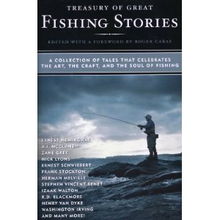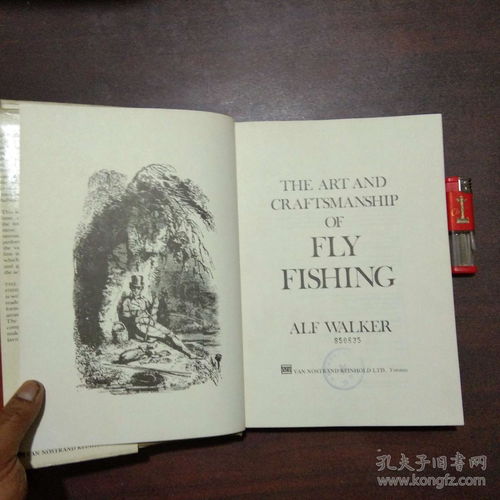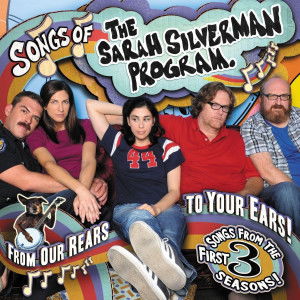Introduction:
The allure of the wild is undeniable, and for many, the call of the untamed wilderness is irresistible. Among the myriad of outdoor activities that the wild offers, fishing stands out as a peaceful yet challenging pursuit. Whether you're a seasoned angler or a beginner looking to cast your line into the unknown, "Wild Hogs" – a term often used to describe the adventurous spirit of those who embrace the wild – can provide you with some invaluable tips and techniques to make your fishing experience truly memorable. In this article, we delve into the art of fishing in the wild, focusing on the essential skills and strategies that will help you land that big one.
Understanding the Terrain:
Before you can start fishing effectively, it's crucial to understand the terrain and environment you're in. The wild is unpredictable, and each location offers its unique set of challenges and opportunities. Here are some key points to consider:
Identify Fish-Holding Areas: Look for natural structures like rocks, logs, and vegetation that fish are likely to congregate around. These areas provide cover and food sources, making them prime spots for fishing.
Analyze Water Flow: Understand the flow of the water, as it can significantly impact fish behavior. Slow-moving water often holds more fish, while fast currents can be less productive.
Seasonal Patterns: Be aware of the seasonal patterns of fish migration and feeding. Fish behavior can change with the seasons, so adapting your approach accordingly can lead to better results.
Choosing the Right Gear:
The right gear can make a significant difference in your fishing success. Here's what you should consider:
Rod and Reel: Choose a rod and reel that match the type of fishing you're doing. For instance, a lightweight spinning rod is ideal for freshwater fishing, while a heavier baitcasting rod is better for larger fish in saltwater.
Line: The type of line you use depends on the fish you're targeting and the environment. Monofilament is versatile and easy to use, while fluorocarbon is nearly invisible underwater and ideal for clear water.
Lures and Bait: Research the types of fish in your area and choose lures or bait that mimic their natural prey. Live bait can be effective, but artificial lures can also be a great option.
Fishing Techniques:
Once you have the right gear, it's time to learn some effective fishing techniques:
Cast with Precision: Practice your casting technique to ensure you can place your lure or bait exactly where you want it. This is especially important in the wild, where every inch counts.
Patience is Key: Fishing in the wild requires patience. Fish may not bite immediately, so be prepared to wait. Keep your line tight but avoid reeling in too quickly, as this can spook the fish.
Adjust to Conditions: Be flexible and willing to change your approach based on the conditions. If the fish aren't biting, try different lures, depths, or even locations.

Read the Water: Pay attention to the water's surface. Ripples, splashes, and other disturbances can indicate the presence of fish.
Safety and Ethics:
Lastly, always prioritize safety and ethics when fishing in the wild:
Stay Informed: Familiarize yourself with local fishing regulations and guidelines to ensure you're fishing legally and responsibly.
Respect the Environment: Leave no trace of your presence. This means packing out all trash and being mindful of your impact on the natural surroundings.
Safety First: Always fish with a buddy, especially in remote areas. Carry essential safety gear like a first aid kit, a flashlight, and a whistle.
Conclusion:
Fishing in the wild can be a rewarding and exhilarating experience, but it requires preparation, skill, and respect for the environment. By understanding the terrain, choosing the right gear, mastering fishing techniques, and adhering to safety and ethical guidelines, you'll be well on your way to becoming a proficient "Wild Hog" angler. So, grab your rod, pack your gear, and venture into the wild – the fish are waiting!












